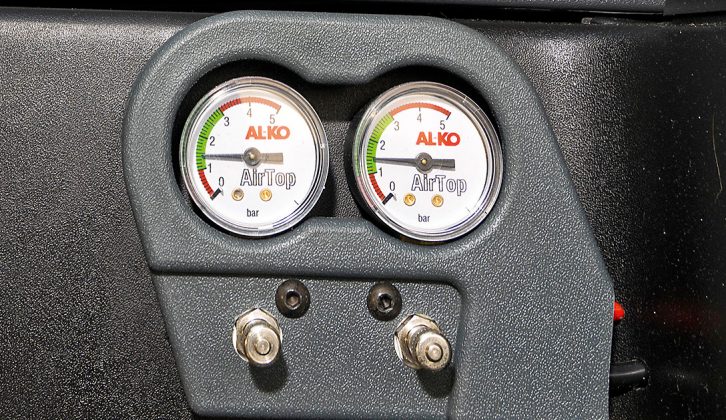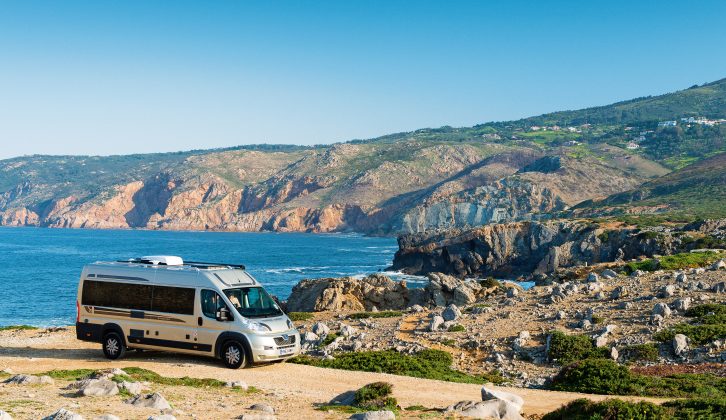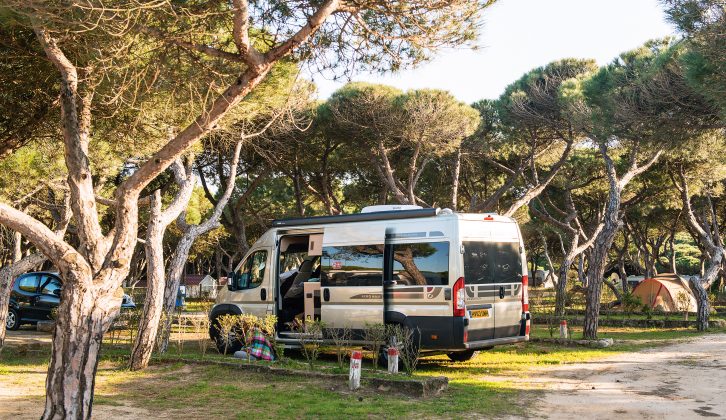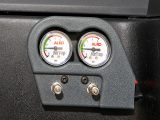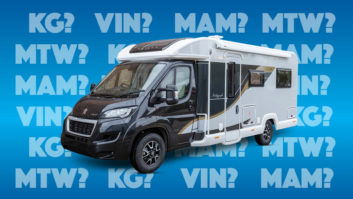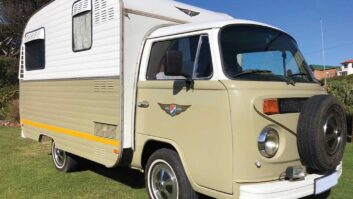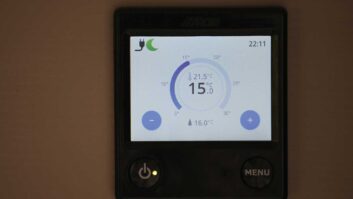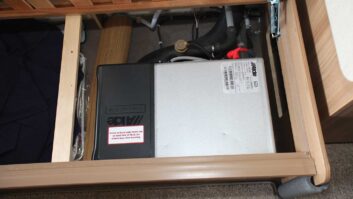It’s funny how jobs come in batches.
In my motorhome workshop, we can go for months without fitting a cruise control system, then we’re asked to do four in a week. Recently the focus seems to be on suspension upgrades: both air-assist systems for rear axles, and heavy-duty coil springs for the front axles.
Front wheel-bearings on Ducatos are another job that seem to come in batches. I hadn’t changed one for over 12 months, then we’ve done three in the past five weeks!
It seems like the ideal moment for me to reveal exactly what’s involved in these processes.
How we upgrade your ‘van suspension
Air-assist kits for the rear axle have long been a popular upgrade option for motorhomes. Unlike a standard van, motorhomes are always loaded, so can sit low on the rear springs – particularly after a few years’ use. Air-assist systems can overcome this and take some of the load off the standard springs, as well as giving improved ride comfort and roadholding; plus, of course, they can allow for a GVW increase.
These kits are produced by several different manufacturers, but they all work on the same principle: a heavy-duty rubber bellow is mounted between the axle and chassis and inflated with compressed air. Some systems include a 12V compressor, but the more popular options simply have an inflation point with a standard Schrader valve, just like the ones on your tyres. Typically the bags require around 25-30psi, but the exact pressure required depends on the vehicle’s weight. Full air systems are available, where the standard metal springs are replaced with airbags and an on-board compressor, but these are very expensive so aren’t as popular.
Why we replace coil springs
Front-suspension upgrades involve replacing the coil spring with a heavier-duty item. This is most popular on Fiat/Peugeot/Citroën-based motorhomes, especially A-class ’vans with a heavy overcab bed. Many smaller Hymers were built on the light Ducato chassis in the early 2000s, and often sit very low at the front. Fitting heavier-duty coil springs will usually give a ride-height increase of between 25-50mm at the wheelarch, but it will almost always provide improved ride comfort.
Bear in mind that on ’vans more than five years old, the McPherson strut and top mount should be replaced as well. The strut is the suspension damper (usually wrongly referred to as the shock absorber), a hydraulic unit that controls the suspension movement, and one that can wear out. This obviously adds cost to the job, but because it all needs to be removed to fit the springs, it makes sense to replace them, too. The top mounts are also known to fail, so again it’s a good idea to replace them while it’s all apart.
Worn out wheel-bearings
Front-wheel-bearing work on Ducatos is another job that seems to occur in batches. The bearing in question is a double taper roller unit pressed into the hub carrier. It’s also quite a large item, and the drive flange is pressed into its centre – and this is where the fun starts.
I have a 10-tonne hydraulic press that’s always done the job, but not the past three times. I’ve had to take all three ’vans to a truck garage and borrow their 50-tonne press: the first one required more than 20 tonnes, the second nearer 30 tonnes, and the last one almost 40 tonnes just to press the flange out!
I think what happens is that, once the bearing is worn and rumbling, it generates a lot of heat that almost ‘welds’ the flange in. I shall be installing a 50-tonne hydraulic press in the workshop soon – hopefully before I have to do another wheel-bearing.
If you enjoy touring in remote regions of the world, upgrading your motorhome suspension is a good idea. But other factors are worth thinking about, too, such as which motorhome base vehicle is best for the terrain you have in mind? Is front wheel-drive always best? Enjoy the front wheel-drive versus rear-wheel drive debate here.
Front-suspension upgrades involve replacing the coil spring with a heavier-duty item

